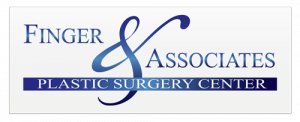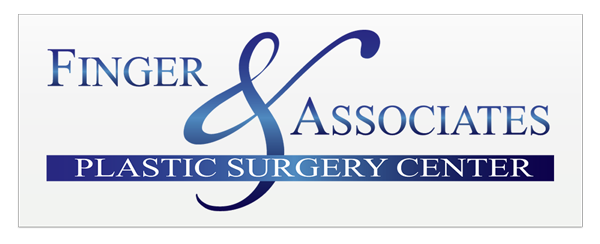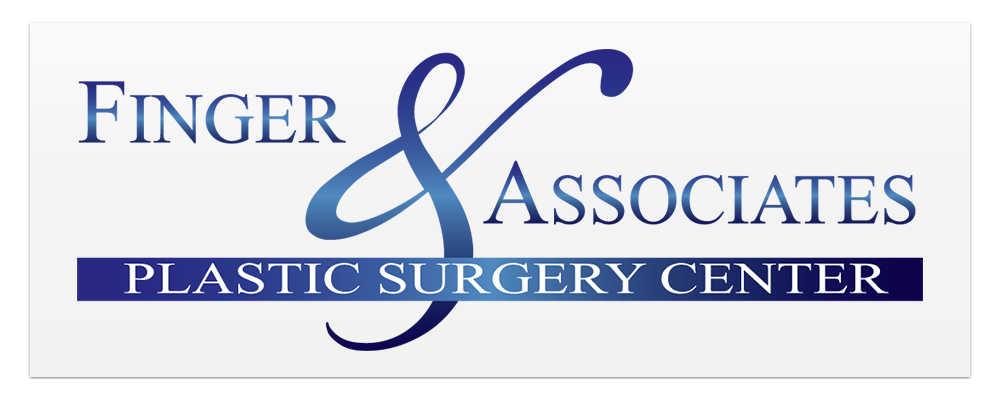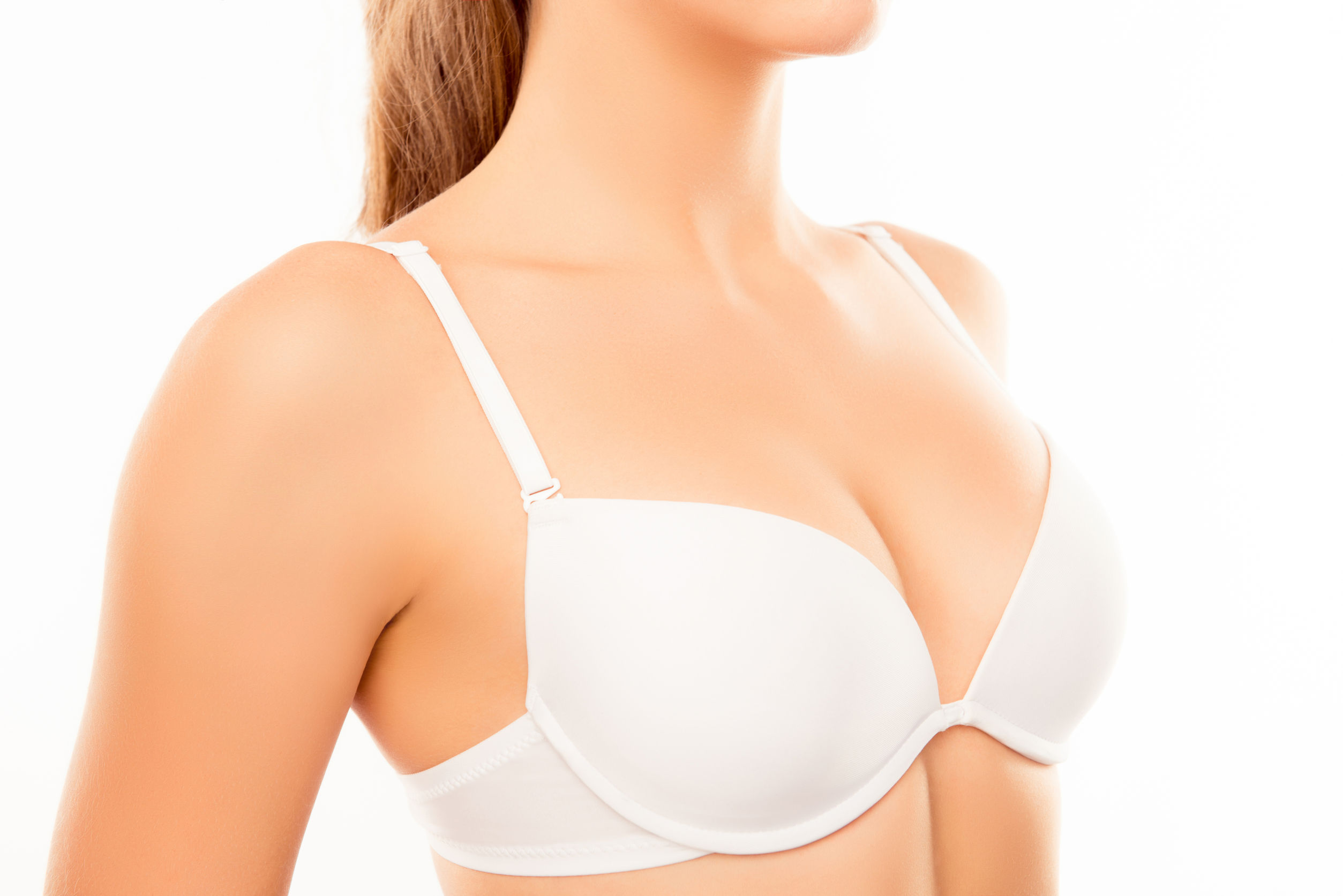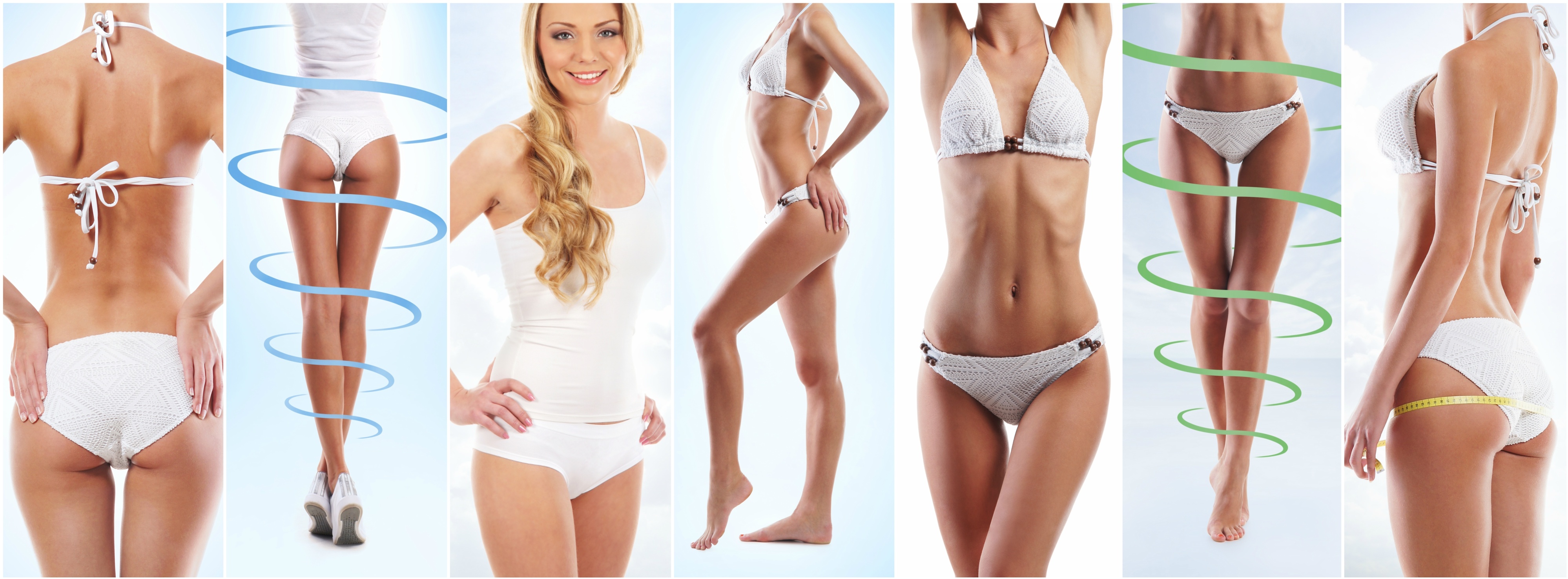Top Five Reasons to Choose The Rapid Recovery Breast Augmentation Method vs. Traditional Breast Augmentation
By Dr. E. Ronald Finger at Finger and Associates
Decades ago, when I started performing augmentation mammoplasties (AM), the implants were different, the method of dissection was done differently, and the postoperative instructions were quite different. At that time, the augmentation mammoplasty was the most common procedure done and one of the most painful procedures postoperatively performed. The recovery time was lengthy with lots of limitations. Drains were used in many cases and are never used now. Fortunately, times have changed for plastic surgeons who use the Rapid Recovery Breast Augmentation Technique for their augmentation patients. This is also fortunate for patients who have the procedure done.
![]() The first silicone implants were shaped like a tear-drop, with lots of projection compared to their width. They had adhesive patches on the back. The silicone leaked out of the implant shell. Now, we have implants that have projection-to-width ratios to fit individual patients. They look more like natural breasts and there are no adhesive patches, so they look and feel more like an actual breast instead of a ball stuck to the chest.
The first silicone implants were shaped like a tear-drop, with lots of projection compared to their width. They had adhesive patches on the back. The silicone leaked out of the implant shell. Now, we have implants that have projection-to-width ratios to fit individual patients. They look more like natural breasts and there are no adhesive patches, so they look and feel more like an actual breast instead of a ball stuck to the chest.
The implants are now placed behind the pectoralis muscle, in most cases to put a layer of muscle between the implants and the breast tissue. Like our skin, breasts contain bacteria, and this bacteria appears to be a cause of encapsulations, which is manifested by increasing firmness and distortion, unlike natural breasts. Placing the implants behind the muscle reduces the exposure to the mentioned bacteria, and studies show this reduces the encapsulation phenomenon.
Unfortunately, submuscular implants can cause more discomfort. With the Rapid Recovery Breast Augmentation Technique, the dissection is done with a special blade that coagulates arteries and veins as it dissects the pocket for the implants. Great care is taken not to touch the ribs, which causes post-operative pain, and to cause minimal bleeding by dissecting very slowly with the cautery. This is technique-oriented. The pocket must be made large enough so the implant does not exert excess pressure on the muscle. The large pocket allows the implant to move around somewhat on the chest like natural breasts.
Next is the local anesthesia that is used. There is now available an anesthetic medication that lasts forty-eight hours. This makes the postoperative course, according to my patients, much less uncomfortable. This is very important for more reasons than just comfort. Years ago, we told patients not to lift their arms above their shoulders. Now, my patients are instructed to raise their arms toward the ceiling twice an hour while awake after six hours postoperatively. The next day or two, they can resume most routine activities with the exception of exercising and heavy lifting. This has made patients who undergo augmentation mammoplasties much more comfortable and less restricted.
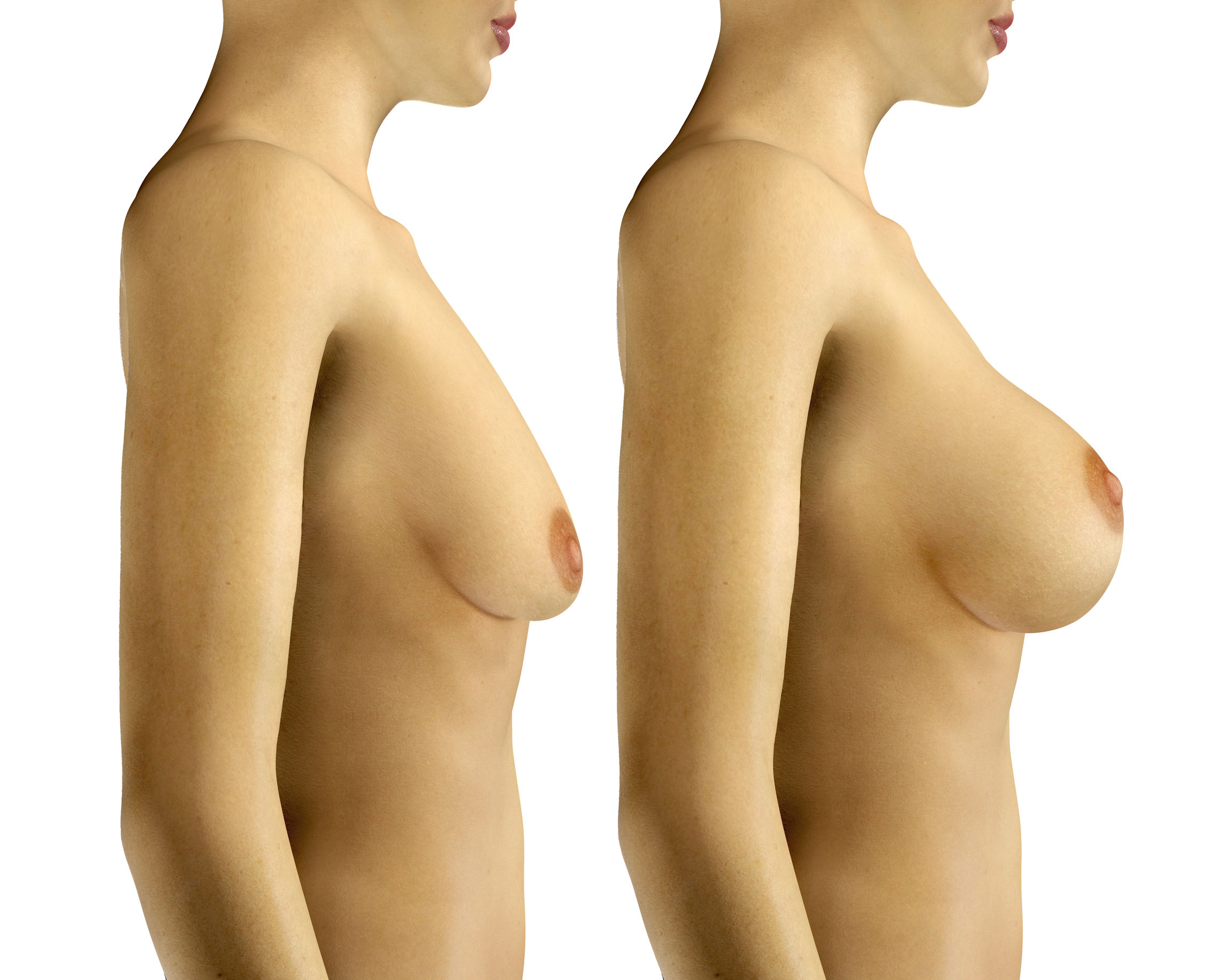 However, even with this technique, an augmentation mammoplasty is still surgery. Like any other procedure, the maximum swelling takes places on the second or third day, and the patients will not see the final results for six weeks or more. There will still be some minor swelling for months. At this time, patients state the implants feel and look like natural breasts.
However, even with this technique, an augmentation mammoplasty is still surgery. Like any other procedure, the maximum swelling takes places on the second or third day, and the patients will not see the final results for six weeks or more. There will still be some minor swelling for months. At this time, patients state the implants feel and look like natural breasts.
In summary, the Rapid Recovery Breast Augmentation Technique involves how the surgery is done as well as the post-operative instructions, and patients are amazed at how much better they feel after surgery compared to what they expected.
Rapid Recovery Breast Augmentation Benefits Include
-Virtually Pain-Free
-Two or Three Day Recovery
-Same Cost
-Less Postoperative Complications
-No Activity Restrictions Within a Short Period of Time
